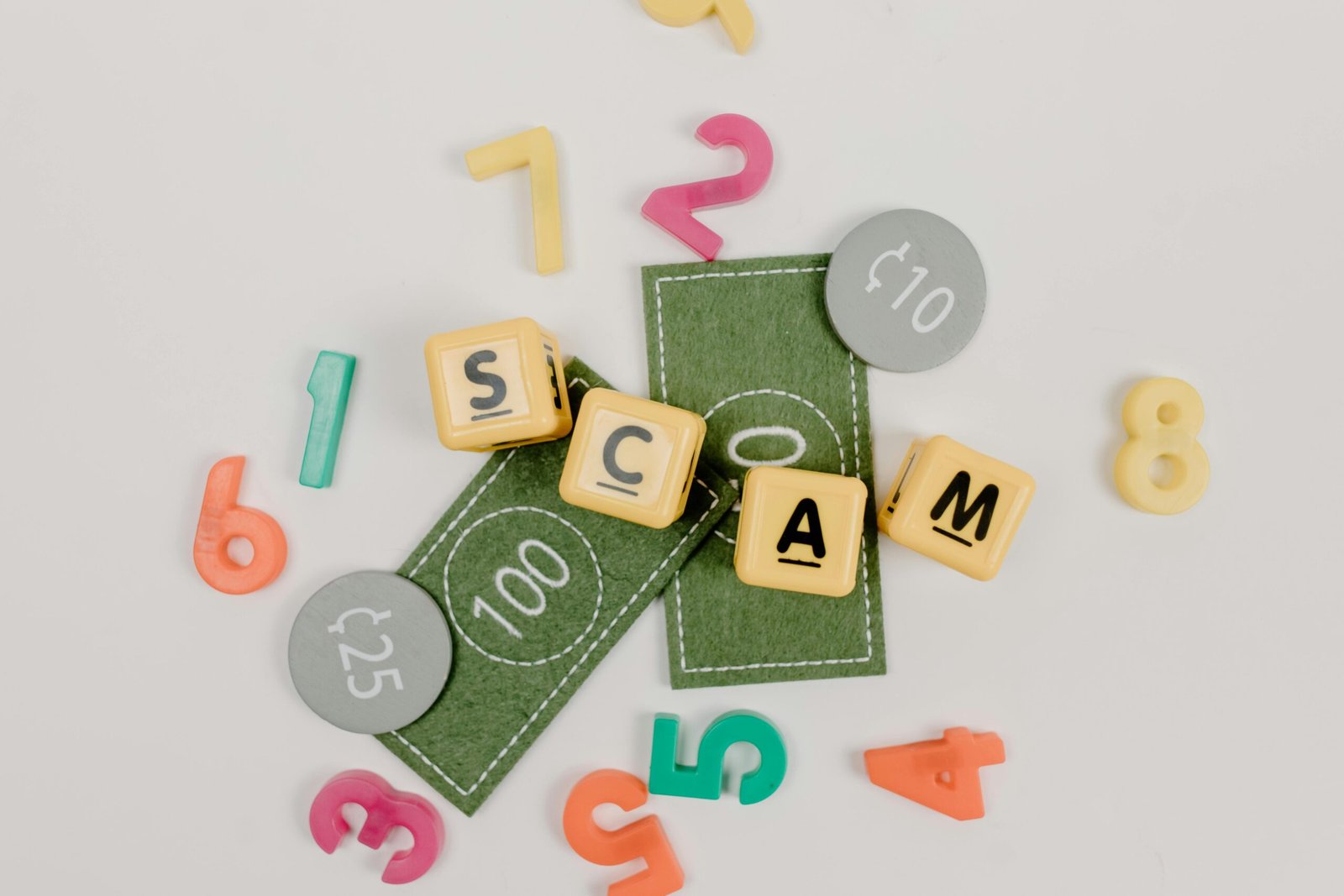Ever thought about how your teenage years could impact your credit score in adulthood? Well, buckle up—today’s piggy bank can become tomorrow’s credit powerhouse.
In this guide, we’ll break down how youth savings accounts aren’t just for stashing birthday money—they’re a foundation for lifelong credit score smarts. You’ll discover why teaching kids financial responsibility today pays off big (literally) later on. Plus, you’ll get actionable steps, quirky tips, and even hear about my own #EpicFinancialFail as a teen.
Key Sections:
- Understanding how youth savings accounts work
- Actionable ways to build good habits early
- Tips for teaching teens about their future credit health
- Real-life case studies of savvy savers
- FAQs that answer your burning questions
Table of Contents:
- Why Saving Money Young Matters
- Step-by-Step Guide to Setting Up a Youth Savings Account
- Top Tips for Teaching Kids About Credit Scores
- Success Stories: Real People, Real Impact
- Frequently Asked Questions About Youth Savings
Why Saving Money Young Matters
Let’s talk real-world chaos first: According to Experian, 60% of Americans have never discussed credit scores with their family. That means an entire generation is walking into adulthood blindfolded when it comes to money management. But here’s the kicker—a simple youth savings account can lay the groundwork for everything from budgeting to better credit habits.

When young people start saving early, they not only learn discipline but also begin building a relationship with financial institutions. Why does this matter? Because banks track behavior over time. Consistent deposits, minimal withdrawals, and responsible account management make them more likely to extend loans or credit cards later in life.
“Optimist You: ‘Start teaching kids now—it’s easy!’ Grumpy You: ‘Yeah, unless they blow all their allowance on gaming loot.’”
Step-by-Step Guide to Setting Up a Youth Savings Account
If you’re ready to set your kiddo on the path to credit score awareness, follow these no-nonsense steps:
Step 1: Research Local Banks With Youth-Friendly Programs
Not all banks are created equal. Some offer special incentives like zero fees, matching contributions, or educational resources tailored to younger savers. Pro Tip: Look for programs explicitly branded as “youth” or “teen” accounts.
Step 2: Open the Account Together
Take your child along (or video call if remote!). Walking through the process teaches them responsibility while demystifying banking jargon. Bonus points if they get their very own debit card attached to the account!
Step 3: Set Clear Goals
A vague goal like “save more” won’t cut it. Instead, make it tangible: “Save $500 by next summer,” or, “Use part of every paycheck from babysitting jobs to grow your balance.”

Top Tips for Teaching Kids About Credit Scores
Here’s where things get spicy—and yes, I’m including one *terrible* tip because transparency matters.
- Show, Don’t Just Tell: Use apps like Greenlight or FamZoo to simulate real-world transactions. Let them see what happens when they overspend versus save.
- Talk Failures: Share your #EpicFinancialFail stories (mine involves racking up overdraft fees at age 19). Mistakes stick better than lectures ever will.
- Role Play Credit Scenarios: Pretend to be a bank officer asking for proof of income before approving a loan. Gaming-style learning FTW!
- Terrible Tip Alert: DON’T wait until high school to teach finance basics. If they don’t know compound interest exists, YOU’RE already behind. Fix it now.
Success Stories: Real People, Real Impact
Meet Sarah: A 17-year-old who started her savings journey at age 12 after inheriting $200 from Grandma. Fast forward five years, she has saved nearly $5,000 and secured her first student credit card—with a stellar score thanks to those early lessons in disciplined saving.
And Jake: His parents opened a joint savings account for him at age 8. By 15, he understood budgets, tracked his spending meticulously, and used his savings for car repairs without touching Mom and Dad’s cash stash.

Frequently Asked Questions About Youth Savings
Are There Age Restrictions?
Most banks require a parent or guardian to cosign until the minor turns 18.
Do Youth Accounts Have Fees?
Many do not, but always check fine print during account setup.
Can My Child Check Their Own Balance?
Absolutely! Most financial apps let minors view balances securely under parental supervision.
Conclusion
Youth savings accounts aren’t just another checkbox for parenthood—they’re the ultimate headstart on Credit Score Awareness Day. By setting up smart systems, modeling good behaviors, and being brutally honest about money mistakes, you give kids the tools they need to thrive financially.
Remember: Every dollar saved in childhood whispers wisdom into the ears of their future self.
Like a Tamagotchi, your financial literacy needs daily feeds of knowledge and practice.


